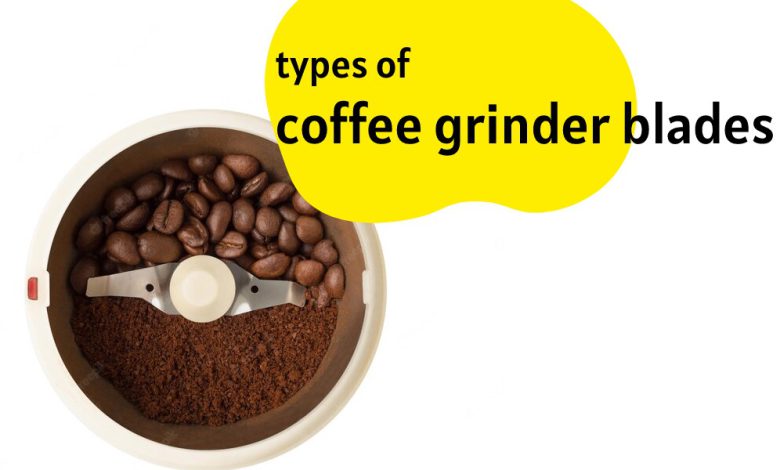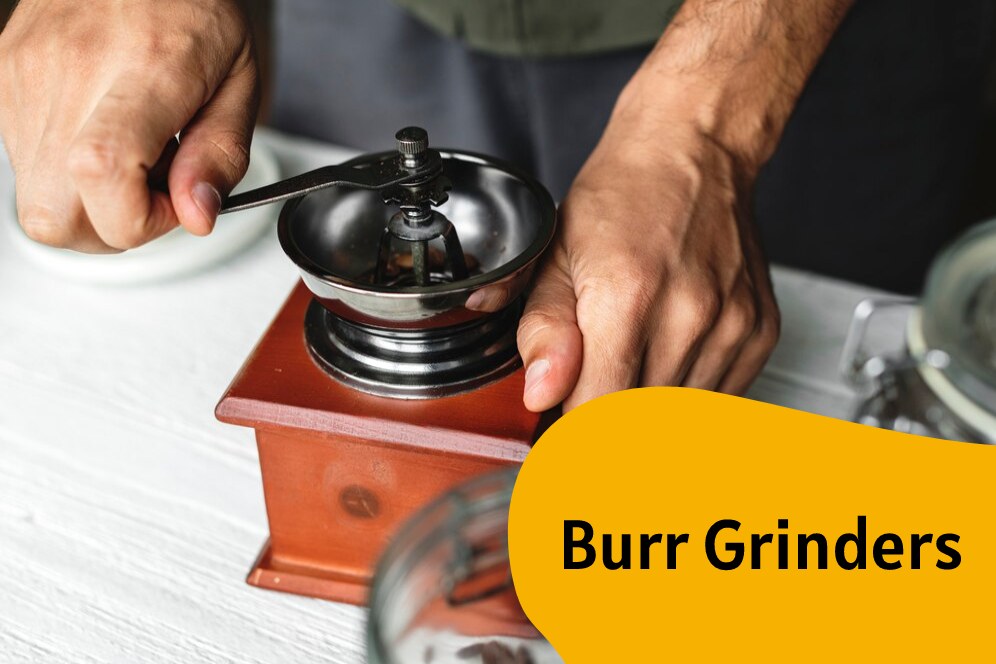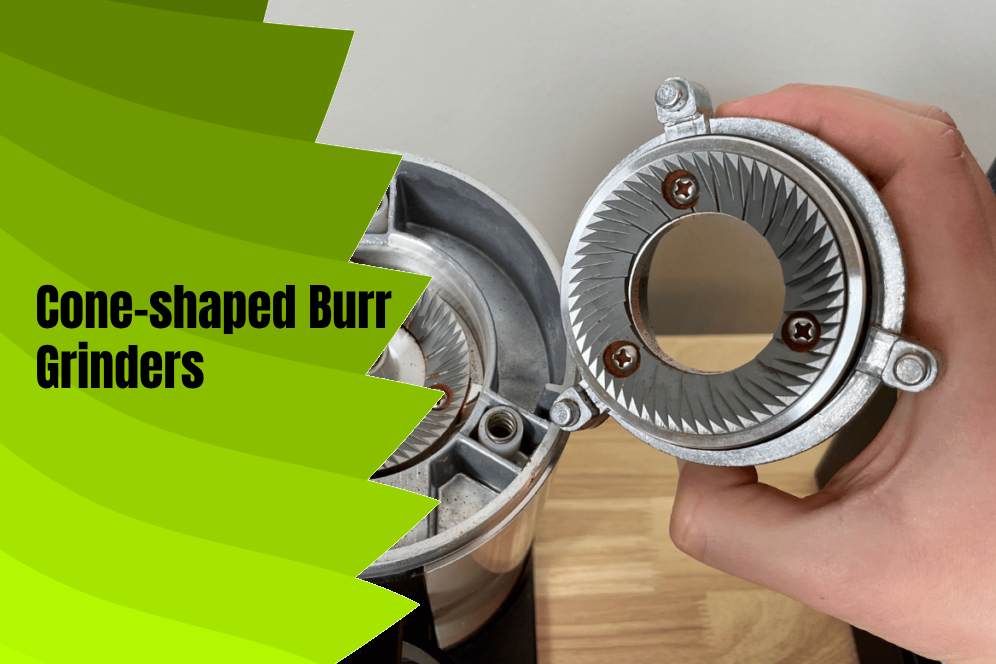Coffee Grinders Blade – A Close Look at its Types

Because we have been avid consumers and purchasers of espresso for the last three decades. We can claim that grinding your espresso beans instead of already purchasing them is likely the simplest way to produce beverages that cannot be compared to others on the market.
People who have practically no participation in the many kinds of processors may find the selection of products a deal confusing. For example, terms such as “edge” or “burr” may not mean anything to the average person.
Because blade processors do not produce a crush, they have a poor reputation in the world of espresso.
In the same vein, we will discuss the best types of coffee grinder blades so that you may have a satisfying cup of coffee even on a limited budget.
Toward the finish of this article, you will have an excellent comprehension of what espresso processors are and, to be explicit, different types of coffee grinder blades, so continue to peruse with us.
read more: How To Grind Coffee Beans With A Blender
Contents
Coffee grinder: Various Types
There are three primary categories of coffee grinders, which are as follows:
- Processors on the cutting edge.
- Burr processors and grinders (two principal subcategories: haggle).
- Methods of processing by hand.
We will go over which kinds are regarded as the most trustworthy, which types are considered the most chaotic, and which ones are thought to be calmer.
Additionally, we will go over which processors are the most affordable and which types will typically be more costly to keep everything full circle.
Similarly, we will provide examples of types of coffee grinders that are already accessible and that we may advise.
Edge Grinders
Most of the time, the most cost-effective kind of espresso machine is one that uses modern processing technology. As their name suggests, these devices use a pointed edge to chop the coffee beans. The jagged edge rotates quickly and resembles a propeller in appearance. It chops the beans into bits that are progressively more manageable.
Additionally, the intensity brought forth by the rapidly revolving sharp edges might affect the flavor. Compared to burr and hand processors, these machines produce a noise level in the middle of the two extremes.
Let’s say you need something straightforward that won’t break the bank, will get the job done, and won’t take up a lot of space.
Burr Grinders
The espresso beans are ground by pressing them against a stationary surface with a wheel that rotates within the processor.
The position of the burr determines the degree to which the espresso beans are coarse or finely ground.
This effectively suggests that you can control the size of the coffee beans with a great deal more precision and dependability than you would be able to do so with an edge processor.
Burr processors often come with various settings, allowing you to choose the appropriate level of coarseness required for your espresso machine.
There are two principal burr processors:
- Those with level processors.
- Haggles with conelike processor wheels.
Wheel Burr Grinders
This kind often results in higher overall expenses than the other, particularly when it comes to run-out.
In any event, in comparison to burr machines in the form of a funnel, they have two fundamental drawbacks, which are as follows:
- The first is that they can be seen very clearly due to the wheel, which rotates at an extremely high rate.
- The following problem is that they are somewhat disorderly.
They are, in many cases, still superior to the most recent processors in a variety of ways, as the case may be.
Cone-shaped Burr Grinders
Cone-shaped burr processors are often regarded as the most effective and efficient processors that can be purchased, even though they are also the most expensive.
Because they may move at a more leisurely pace, you won’t run into the intensity problems often caused by edge machines.
After learning who the Blade Grinders are, it’s time to check out Grinder’s most impressive work.
A conical burr grinder is a cylindrical-shaped device used for grinding coffee beans. It utilizes two mechanisms for grinding: one with toothed blades and another with a conical shape.
To grind coffee beans, you first pour them into the grinder’s hopper. As the blades rotate, the beans are directed inside and then sent to a storage container at the bottom.
The precise movement of the conical grinder guarantees the quality of your work, ensuring that you don’t have to worry about unground beans or uneven grinds. Due to this precise process, the conical burr grinder is suitable for those who prefer fine-ground coffee powder.
The best blade coffee grinder: (+2 Practical Blades)
Many people are passionate about espresso, including us, and we recommend burr espresso processors since they provide greater toil consistency than Blade Grinders. This results in a more excellent taste for the espresso
when done in this manner.
We have already considered cutting-edge burr processors and the nitty-gritty and unquestionable reasons burr processors are the superior option.
Despite this, freshly brewed espresso is still the better option when compared to beans that have already been ground.
As long as the machine can turn your whole beans into coffee beans, it would be best if you got a reasonable level of espresso consistency.
Most state-of-the-art coffee grinders are uncomplicated and function in comparable methods.
Selecting a sharp edge processor requires careful thought due to many factors.
Now, let’s have a look at the best types of coffee grinder blades:
Removable versus One-Piece
A one-piece object may be more challenging to work with than an edge processor with crushing chambers that can be removed.
Because the sharp edges turn quickly, it is easier to make static during the crushing mechanism, which may lead to crashes.
If you can take out the bowl that does the crushing, you will find that rinsing the food processor with water is a far less complicated way to eliminate the buildup. Meanwhile, there are crushing chambers that may be cleaned in the dishwasher.
In a similar vein, having a chamber that can be removed from your espresso maker saves you from lifting the whole machine when you need to empty it of the grounds.
Programmed versus Manual Control
Many edge processors have one button that users must push and hold down while crushing the device. The more often you do this, the higher the quality of your coffee beans will become. However, some processors provide a manual mode, in which the only variable you have control over is the amount of time.
The amount of espresso that is being crushed and the coarseness setting determine when programmed edge processors cease working. The amount of time spent crushing is determined by the environment. This may result in more dependable results.
You may put these suggestions to use in selecting the ideal processor for your needs; at this point, we will move on to the article’s principal focus.
At the end
There are many different coffee grinder blades, but just a few kinds of them are mentioned in this text. The use of sharp-edge processors is frowned upon by many espresso fans and is unacceptable.
Their inability to crush the beans to an even and consistent size is the primary source of the problem. The finished espresso is reduced without a uniform drudgery size, which leads to an unsatisfactory end.
Despite this, using a sharp edge processor rather than purchasing espresso that has already been ground is recommended. This is because if you grind your espresso beans before blending, the grounds will be more recent, which will result in an improvement in taste.
We hope that you found this article “types of coffee grinder blades” to be of some use, and if you have any questions about the many types of espresso processor sharp edges, please contact us using the comment section below.
We trust that you partook in this article, and assuming you have any questions about Types of espresso processor sharp edges, get in touch with us through the Comment Section beneath.






